35 items, Page 3 of 4
June 5, 2017
The United States‘ Missile Defense Agency is accelerating the development of an interceptor designed to counter several incoming warheads or decoys simultaneously. The most recent Department of Defense budget request seeks $259 million for the Multi-Object Kill Vehicle (MOKV) program for technology risk reduction and product development and speeds up its projected completion by five...
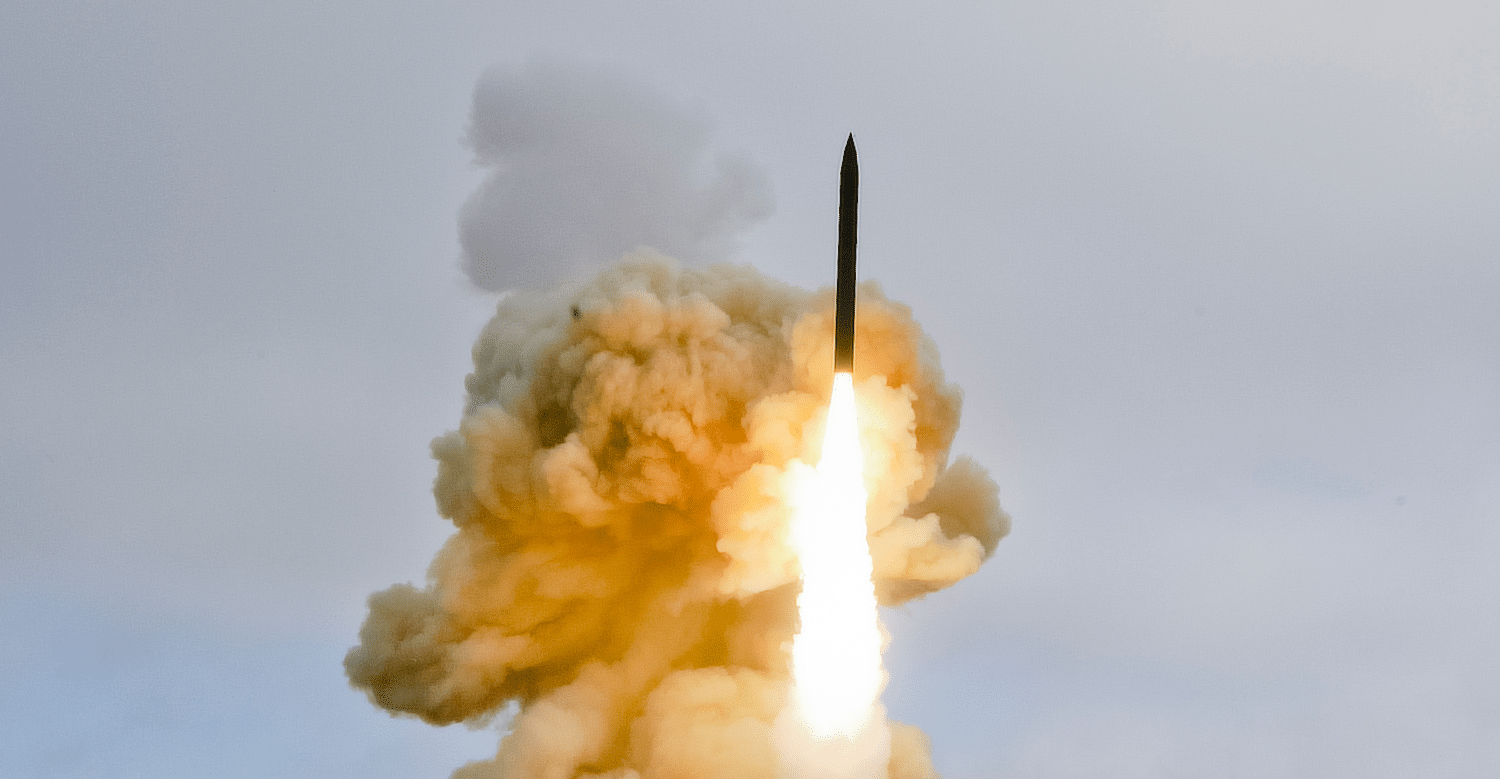
May 30, 2017
This is a good day for homeland missile defense, and a bad day for Kim Jong-un. Hit-to-kill missile defense has once again been validated, this time against a complex and challenging ICBM-class threat. The Missile Defense Agency has been on a long road to improving the reliability and capability of the Ground-based Midcourse Defense (GMD) program...
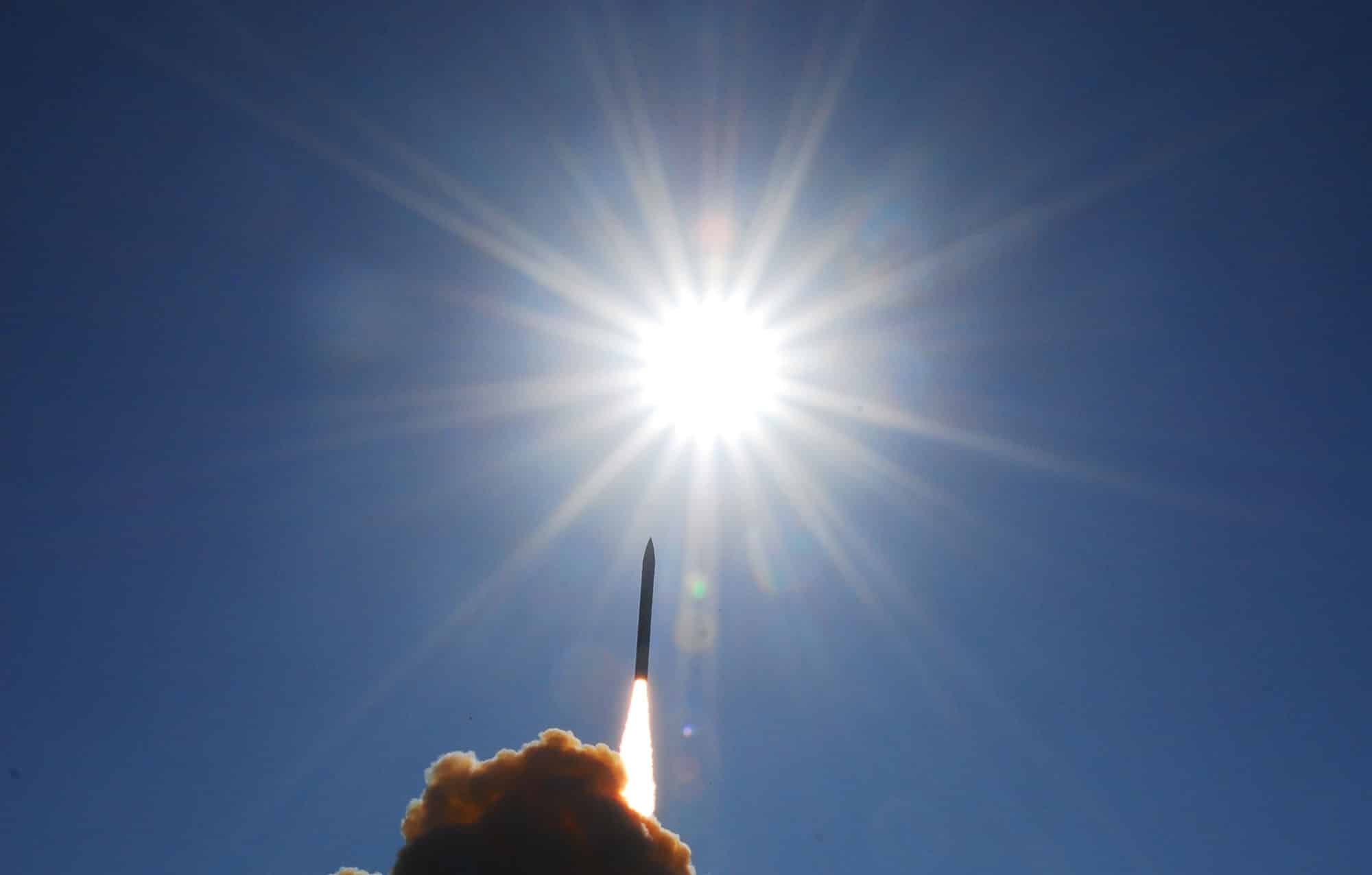
May 30, 2017
Missle Defense Agency Press Release: May 30, 2017 HOMELAND MISSILE DEFENSE SYSTEM SUCCESSFULLY INTERCEPTS ICBM TARGET The U.S. Missile Defense Agency, in cooperation with the U.S. Air Force 30th Space Wing, the Joint Functional Component Command for Integrated Missile Defense and U.S. Northern Command, today successfully intercepted an intercontinental ballistic missile target during a test...

May 22, 2017
A group of U.S. Senators recently introduced a new bill that aims to improve the capability and capacity of U.S. homeland missile defenses. The Advancing America’s Missile Defense Act of 2017 would authorize the emplacement of an additional 28 Ground-based interceptors (GBIs) at Ft. Greely, Alaska, and accelerate the development of several new interceptor systems,...
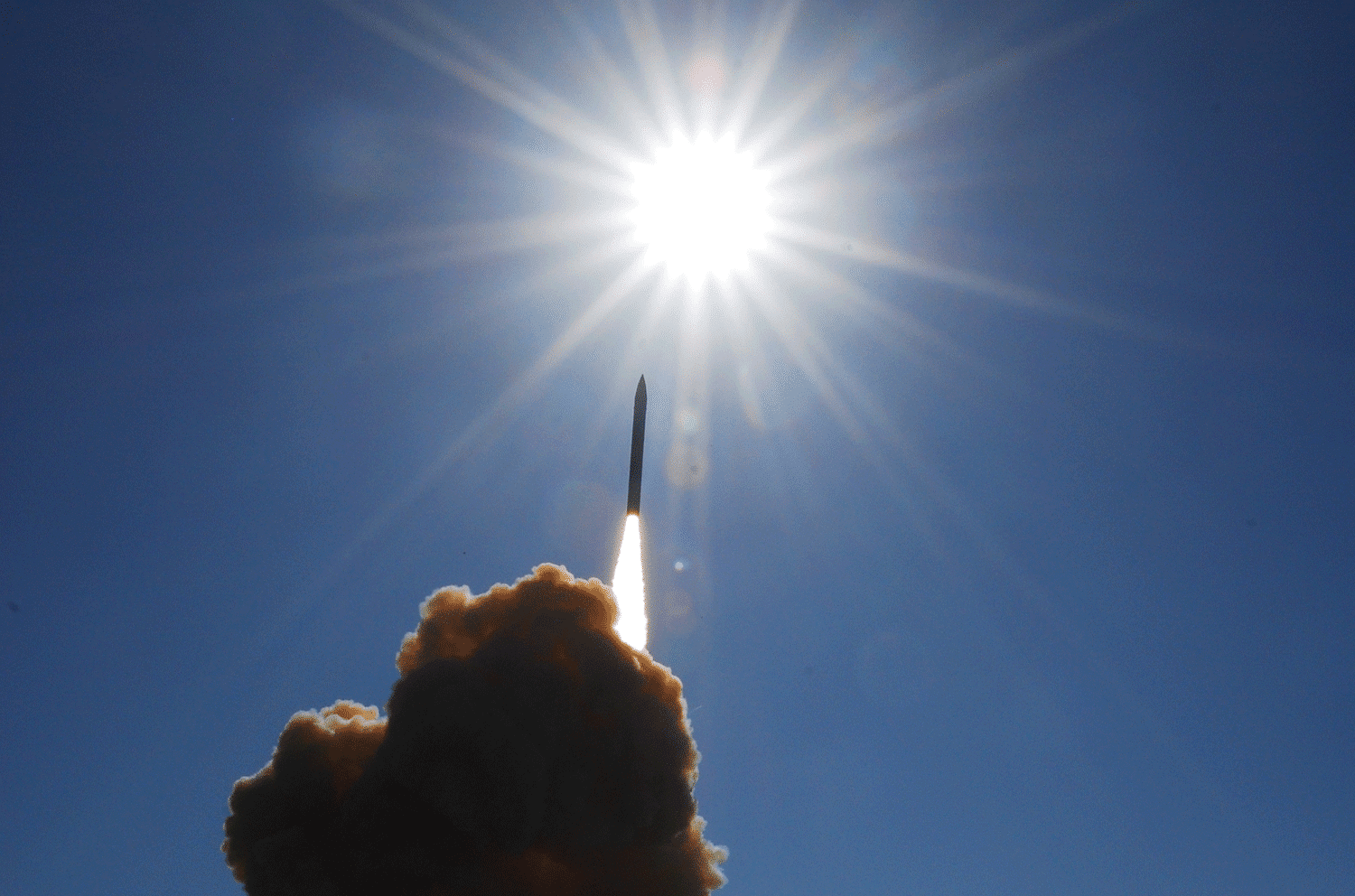
April 7, 2017
In policy pronouncements over the last two administrations, the protection of the American homeland was regularly identified as the first priority of U.S. missile defense efforts. Homeland missile defense today is provided by the Ground-based Midcourse Defense program and other elements of the larger Ballistic Missile Defense System...

April 7, 2017
Note: This appears as Chapter 5 in Missile Defense 2020: Next Steps for Defending the Homeland. Sensors and Command and Control No missile defense system is better than the sensors and command and control systems that determine where the threat is and how to kill it. While interceptors tend to capture the imagination, sensors are...
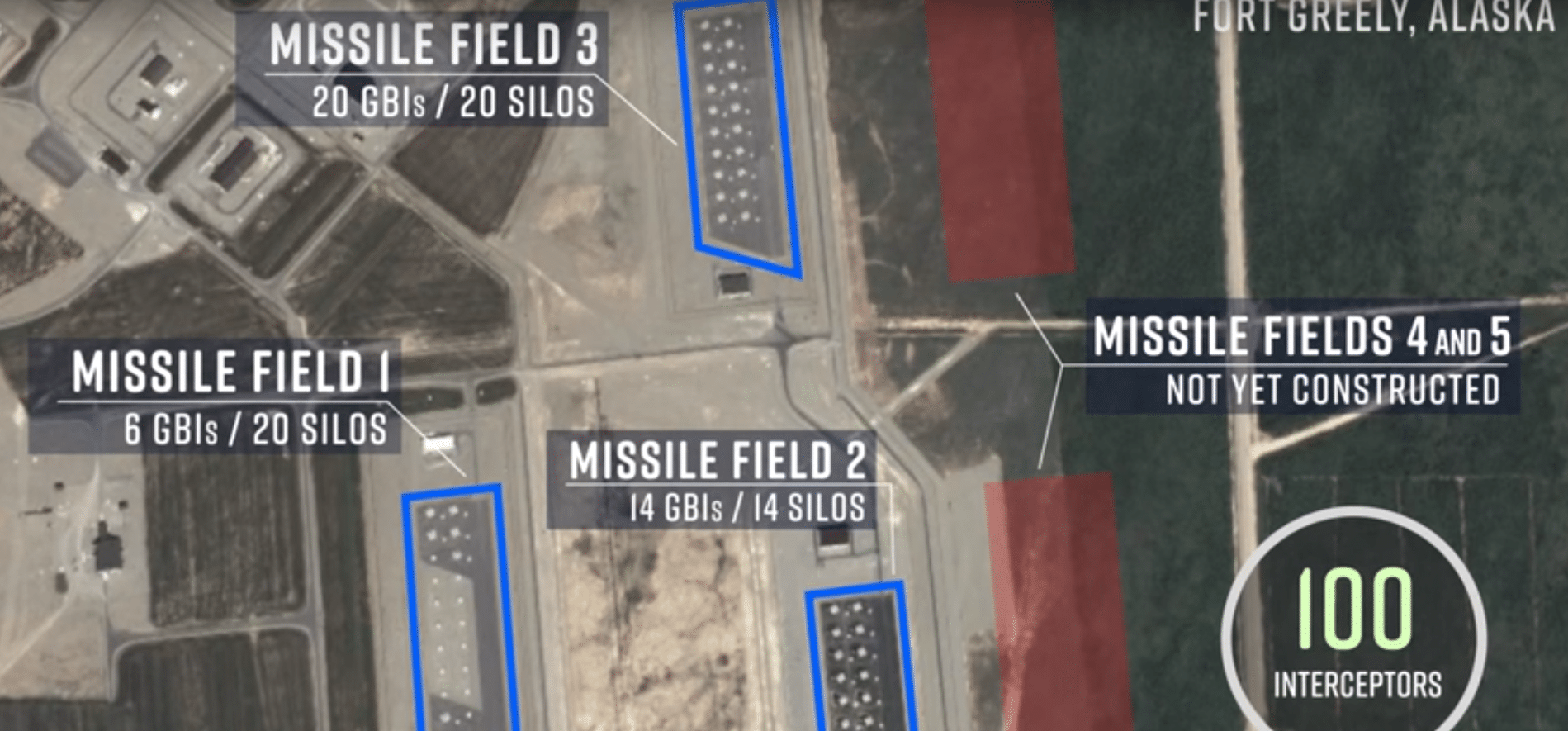
April 7, 2017
Protecting the homeland is regularly identified as the top priority of U.S. missile defense efforts. This mission is dependent upon a global network of sensors and interceptors, including the Ground-based Midcourse Defense system, or GMD. The formal prioritization of homeland missile defense, however, has not always been reflected in the budget. Watch the Video: Today’s...
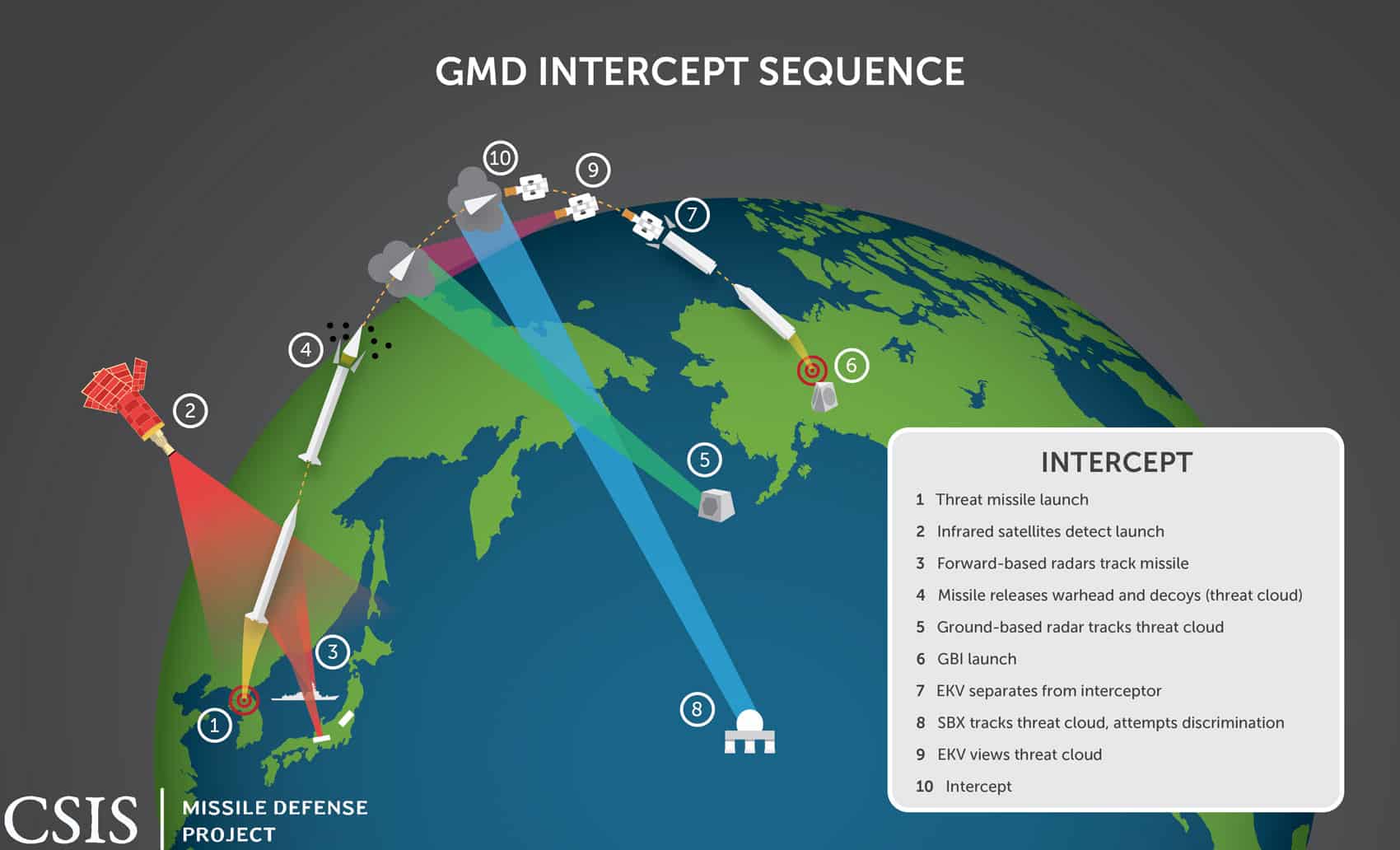
April 7, 2017
This page provides downloadable versions of all illustrations found in Missile Defense 2020: Next Steps for Defending the Homeland. Illustrations are organized by chapter, in the order of their appearance in the report beginning in Chapter 1. Follow the links below to jump to a specific chapter. Click the images for higher resolution. All graphs...
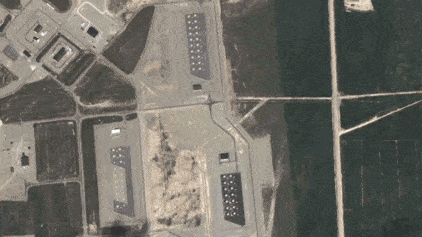
April 5, 2017
Should North Korea fire a long-range ballistic missile in anger, America’s only line of defense is an integrated system of interceptors and sensors known as the Ground-based Midcourse Defense system (GMD). The program currently provides a thin layer of defense against small-scale attacks of relatively unsophisticated missiles. This level of protection, however, will be strained...
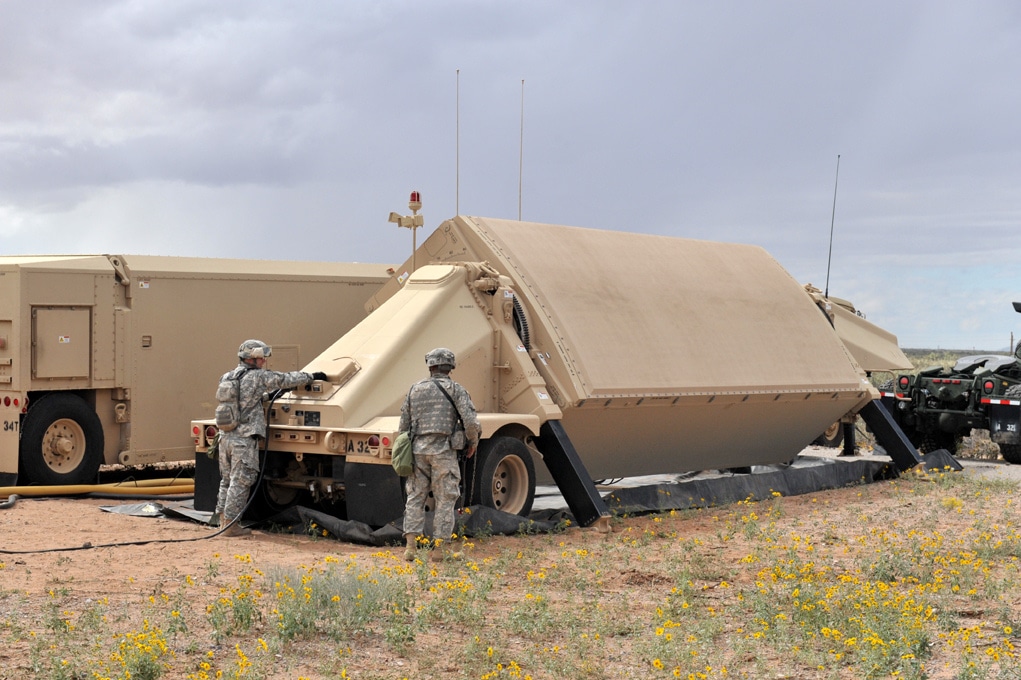
April 5, 2017
Gaps in coverage leave interceptors less-equipped to defeat the threats of tomorrow. No missile defense is better than the sensors that tell the interceptors where to go and what to kill. The Ground-based Midcourse Defense system, or GMD, draws upon considerably more sensors for homeland defense than when operations began in 2004, but shortfalls remain....







